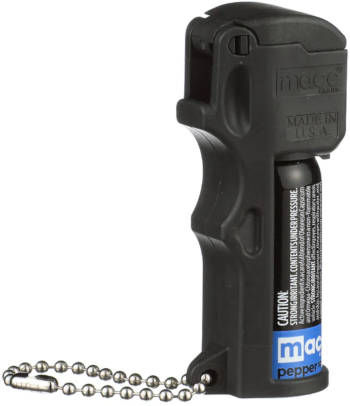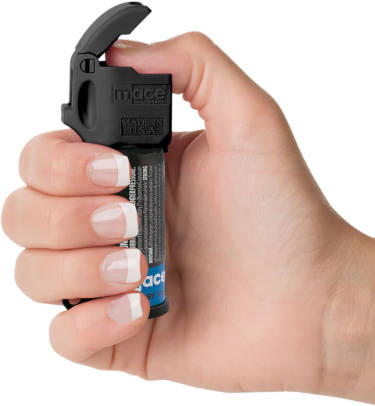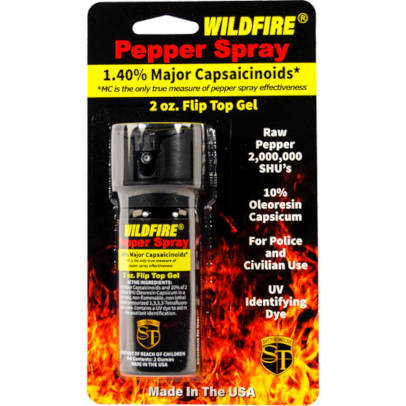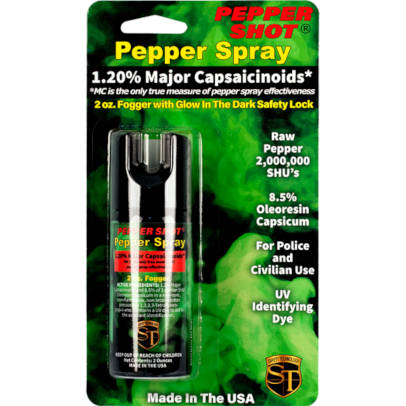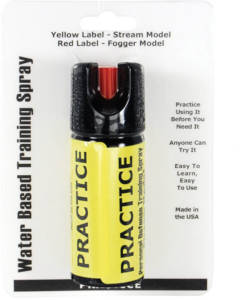How to Use Pepper Spray
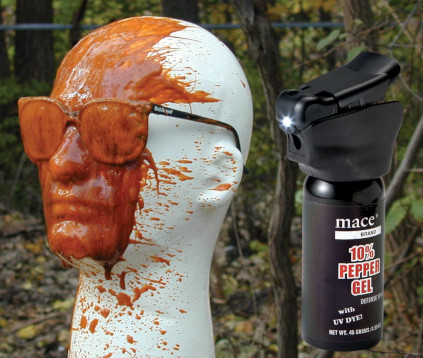
Pepper spray is a powerful self-defense tool, but knowing how to use it correctly is crucial for its effectiveness. If used improperly, it can be ineffective or even backfire. This guide will walk you through step-by-step instructions and real-world scenarios to ensure you’re prepared to use pepper spray safely and confidently.
Step-by-Step Guide to Using Pepper Spray
Mace Triple Action Enhanced with Tear Gas
1. Choose the Right Pepper Spray
-
Pick a trusted brand with an appropriate strength level.
-
Consider size and portability (keychain, pocket-sized, or larger canisters).
-
Check for safety features like flip-top caps to prevent accidental discharge.
2. Carry It Properly
-
Keep it easily accessible (not buried in a bag or pocket).
-
Use a quick-release keychain holder or a designated belt clip.
-
If jogging, opt for a handheld strap or wristband design.
3. Know Your Spray Pattern
Pepper spray can disperse in different ways:
-
Stream – A direct, targeted spray (less affected by wind).
-
Cone/Mist – Wider area coverage (higher risk of blowback).
-
Gel – Less airborne spread, ideal for indoor or confined spaces.
Wildfire Flip-Top Gel
4. Test Your Pepper Spray (Practice First!)
-
Perform a quick test spray outdoors in a safe direction.
-
Check for range and spray pattern.
-
Replace expired canisters—most last 2 to 4 years.
5. Deploying Pepper Spray in an Emergency
-
Grip firmly and disable the safety.
-
Aim for the attacker's face, especially the eyes and nose.
-
Use short bursts (1 to 2 seconds) instead of continuous spraying.
-
Step back immediately to maintain distance and avoid retaliation.
6. Escape and Call for Help
-
Do not wait—run to safety immediately.
-
Call 911 and report the incident.
-
If sprayed indoors, ventilate the area quickly.
Real-World Scenarios & Best Practices
Pepper Shot 1.2% MC 2 oz pepper spray fogger
Scenario 1: Someone Approaching Aggressively
-
Verbal Warning: If safe, say loudly, "Back off! I have pepper spray!"
-
If they continue toward you, raise the canister and prepare to spray.
-
Deploy a short burst, then move away quickly.
Scenario 2: Being Grabbed or Attacked
-
If grabbed, aim at close range toward the attacker's face.
-
Spray in a quick back-and-forth motion.
-
Break free and move to safety.
Scenario 3: Using Pepper Spray Indoors
-
Use gel-based sprays to minimize airborne exposure.
-
Open windows or ventilate immediately after use.
-
Be aware of cross-contamination—avoid touching your face.
Scenario 4: Defending Yourself in a Car
-
Lock your doors first to avoid confrontation.
-
If necessary, spray through a partially opened window.
-
Drive away immediately and call for help.
Safety Tips to Prevent Mishaps
✔️ Always check the wind direction before spraying outdoors.
✔️ Never use pepper spray as a joke—it can cause serious harm.
✔️ Store properly, away from children and high temperatures.
✔️ If exposed, flush with cold water and avoid rubbing your eyes.
✔️ Take time to practice with an inert training spray for confidence.
Water-Based Practice and Training Pepper Spray
Be Prepared – Know Your Self-Defense Options
Pepper spray is a highly effective tool when used correctly. By following these steps and practicing how to use it, you’ll increase your confidence and ability to react under pressure. Stay safe, stay prepared, and always carry your self-defense tool responsibly.
✅ Browse our selection of trusted pepper sprays today!
Add your comment now!
Post CommentRecent posts
-
03/12/2025Best Stun Guns for Self-Defense in 2025
-
03/11/2025How to Prevent Kidnapping – Top Safety Tips
-
03/11/2025What Do Rapists Look For? 10 Red Flags to Avoid

